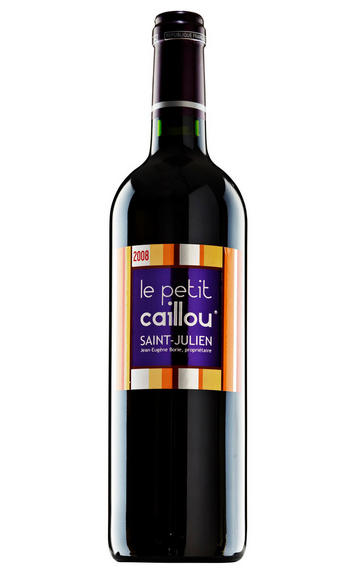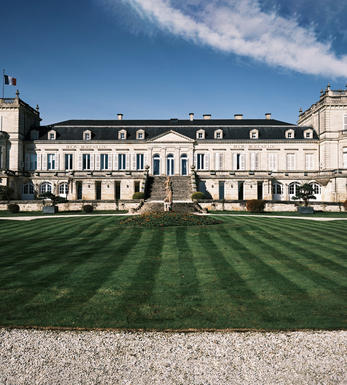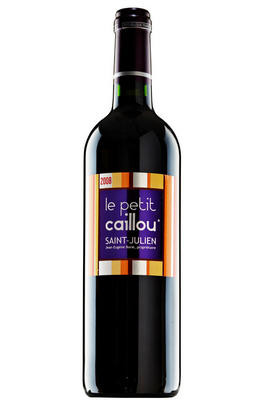
About this WINE

Chateau Ducru-Beaucaillou
Château Ducru-Beaucaillou is a St-Julien property that today is one of the leading Super Seconds. It is owned by the Borie family and is situated in the south-east of the St-Julien appellation. Ducru-Beaucaillou's 50 hectares of vineyards (Cabernet Sauvignon 65%, Merlot 25%, Cabernet Franc 5% and Petit Verdot 5%) lie on deep, large-stone gravel beds enriched with alluvial soil deposits and with a high clay content. The wines are matured in oak barriques (50-60% new) for 18 months.
For many, Ducru-Beaucaillou is the quintessential St-Julien - deep-coloured, powerful, ripe, exquisitely well-balanced and perfectly harmonious. It requires a minimum of 10 years of bottle ageing before it should be approached and the best vintages will continue improving for many more years. Ducru-Beaucaillou is classified as a 2ème Cru Classé.

Cabernet Sauvignon Blend
Cabernet Sauvignon lends itself particularly well in blends with Merlot. This is actually the archetypal Bordeaux blend, though in different proportions in the sub-regions and sometimes topped up with Cabernet Franc, Malbec, and Petit Verdot.
In the Médoc and Graves the percentage of Cabernet Sauvignon in the blend can range from 95% (Mouton-Rothschild) to as low as 40%. It is particularly suited to the dry, warm, free- draining, gravel-rich soils and is responsible for the redolent cassis characteristics as well as the depth of colour, tannic structure and pronounced acidity of Médoc wines. However 100% Cabernet Sauvignon wines can be slightly hollow-tasting in the middle palate and Merlot with its generous, fleshy fruit flavours acts as a perfect foil by filling in this cavity.
In St-Emilion and Pomerol, the blends are Merlot dominated as Cabernet Sauvignon can struggle to ripen there - when it is included, it adds structure and body to the wine. Sassicaia is the most famous Bordeaux blend in Italy and has spawned many imitations, whereby the blend is now firmly established in the New World and particularly in California and Australia.



Buying options
Add to wishlist
Description
Soft, rich nose of cedar, plum, blackcurrants and hints of classic St Julien cigar box. Good freshness on the palate balances the ripe fruit, followed by smooth, grippy tannins.
Fine Wine Team
wine at a glance
Delivery and quality guarantee